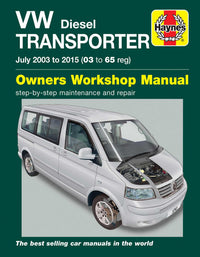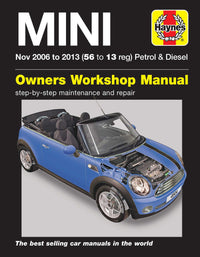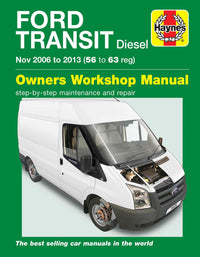How front struts work
A front strut – also known as a MacPherson strut – forms an integral part of a vehicle’s suspension system. It’s very similar to a shock absorber, but the difference between a strut and a shock is that where the shock simply acts as a buffer between the vehicle’s wheels and body, protecting occupants from imperfections in the road surface, a strut does all of that and also forms part of the steering setup.
When you change front struts you also need to have the alignment angles reset because they can govern the caster and camber angles. Because of this extra feature you normally have to pay more for struts than for shock absorbers.
This task requires some experience. You will need a comprehensive tool kit and the job will take around an hour per wheel, depending on your model.
Every car is different, so before you view the full instructions, find yours…
When to change your front struts
“You may be able to get away with changing a component, rather than the entire strut assembly”
A front MacPherson strut should last at least 50,000 miles, but sometimes rough road surfaces, and especially potholes, can cause damage. Fortunately, the spring, gaiter, upper mounting and buffer can be replaced separately, although if the strut is more than a few years old Haynes recommends changing the entire strut. Always change struts in pairs.
A strut consists of several elements. Working from the top down they are: the strut upper mount, the cap, the piston rod nut, the upper mounting, the upper spring seat and rubber gaiter, the spring and the buffer. The piston rod is integral with the strut and can’t be replaced separately.
All cars are slightly different, so if it is time to change your strut, use our ‘before you begin’ checklist, and ‘find your car’ (both below) for specific instructions.
Why you should change your front struts
Front struts are a key part of a vehicle’s suspension and steering system, and when they become worn they compromise driveability. You may be able to feel a shaking through the steering wheel, the vehicle may pull to the left or right, the tyres may have uneven wear (on the edges or in the middle) or the vehicle’s body control may be poor, especially when cornering. Sometimes a strut will leak oil – you’ll see it covering the outside of the strut body. If this has happened to yours you’ll need to replace the entire unit.
First of all, make sure the strut is to blame. Second, identify which part of the strut has failed and whether it can be replaced separately, or if the entire strut has to be changed.
With the new strut installed, drive the vehicle to the nearest tyre fitter equipped with alignment equipment, so the steering geometry can be corrected.
Before you begin
Tools you will need
A comprehensive toolkit will be required for this job.
- Floor jack (not your car’s emergency jack)
- Axle stands
- Wheel lug wrench
- Torx socket set
- Allen (hexagon) key set
- Ratchet and socket set
- Torque wrench
- Spring compressor tool (if changing the spring)
- Wide-opening grips
- Flat-bladed screwdriver
- Pliers
Parts that you may need
- Pair of new MacPherson struts
- New bolts (usually needed for the swivel hub to strut)
How much do new front struts cost?
Strut
£50-200
Springs
£25-£100
Garage fee savings
£100-£400


























